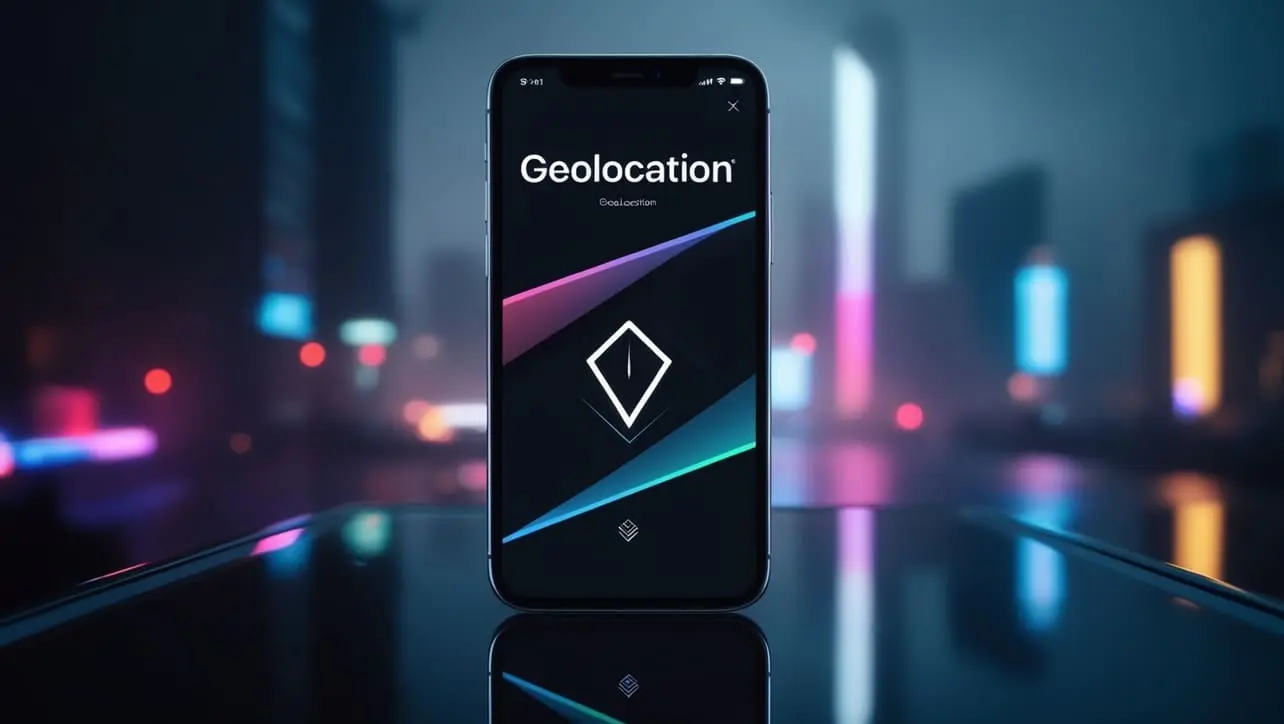
HTML Topics
- HTML Intro
- HTML Basic
- HTML Editors
- HTML CSS
- HTML Tags
- HTML Deprecated Tags
- HTML Events
- HTML Event Attributes
- HTML Global Attributes
- HTML Attributes
- HTML Comments
- HTML Entity
- HTML Head
- HTML Form
- HTML IndexedDB
- HTML Drag & Drop
- HTML Geolocation
- HTML Canvas
- HTML Status Code
- HTML Language Code
- HTML Country Code
- HTML Charset
- MIME Types
HTML Geolocation

Photo Credit to CodeToFun
🙋 Introduction
The Geolocation API allows web applications to retrieve the geographical location of a user's device.
This feature enables location-based services and functionalities, such as displaying nearby places, customizing content based on location, and providing location-based recommendations. The API provides accurate and real-time location data using GPS, IP address, or network-based methods.
❓ What Is Geolocation?
Geolocation refers to the process of determining the physical location of a device. The Geolocation API in HTML5 provides a way to access this information programmatically, allowing web applications to use location data for various purposes, such as mapping and location-based services.
🤔 How Does Geolocation Work?
The Geolocation API determines a user's location using various methods, including:
- GPS: Provides precise location data using satellite signals.
- IP Address: Estimates location based on the IP address of the device.
- Network-Based: Uses nearby Wi-Fi networks or cell towers to estimate location.
🗺️ Using the Geolocation API
To use the Geolocation API, you need to call the navigator.geolocation object, which provides methods for retrieving location data. The main methods are getCurrentPosition and watchPosition.
📍 Getting the Current Position:
javascriptCopiednavigator.geolocation.getCurrentPosition(successCallback, errorCallback, options);- successCallback: Function called with a Position object on success.
- errorCallback: Function called with a PositionError object on failure.
- options (Optional) : Object specifying options such as enableHighAccuracy.
javascriptCopiedfunction successCallback(position) { const latitude = position.coords.latitude; const longitude = position.coords.longitude; console.log(`Latitude: ${latitude}, Longitude: ${longitude}`); } function errorCallback(error) { console.error('Error occurred:', error.message); } navigator.geolocation.getCurrentPosition(successCallback, errorCallback, { enableHighAccuracy: true });👀 Watching the Position:
javascriptCopiedconst watchId = navigator.geolocation.watchPosition(successCallback, errorCallback, options);- watchId: Identifier for the watch request, used for clearing the watch later.
javascriptCopiednavigator.geolocation.clearWatch(watchId);
🖧 Handling Geolocation Data
The Position object contains information about the user's location, including:
- coords.latitude: Latitude of the user's location.
- coords.longitude: Longitude of the user's location.
- coords.altitude: Altitude (if available).
- coords.accuracy: Accuracy of the location data.
🤝 Error Handling
The PositionError object provides information about errors encountered while retrieving the location. Common error codes include:
- 1: Permission denied.
- 2: Position unavailable.
- 3: Timeout.
Handle errors to provide appropriate feedback to users:
function errorCallback(error) {
switch (error.code) {
case error.PERMISSION_DENIED:
console.error('User denied the request for geolocation.');
break;
case error.POSITION_UNAVAILABLE:
console.error('Location information is unavailable.');
break;
case error.TIMEOUT:
console.error('The request to get user location timed out.');
break;
case error.UNKNOWN_ERROR:
console.error('An unknown error occurred.');
break;
}
}🔒 Privacy and Permissions
Accessing geolocation data requires user permission. Browsers typically prompt users to allow or deny access. It's important to respect user privacy and use location data responsibly. Inform users why location access is required and how it will be used.
🏆 Best Practices
- Request Permissions Thoughtfully: Request location access only when necessary and explain why it's needed.
- Handle Errors Gracefully: Provide informative error messages and fallback options.
- Respect Privacy: Avoid storing location data longer than necessary and use it only for its intended purpose.
- Optimize Performance: Use high accuracy settings only when needed, as they can consume more battery and resources.
📝 Example
Here’s a simple example that gets the current location and displays it on the page:
<!DOCTYPE html>
<html>
<head>
<title>Geolocation Example</title>
</head>
<body>
<h1>Geolocation Example</h1>
<button id="get-location">Get Location</button>
<p id="location"></p>
<script>
document.getElementById('get-location').addEventListener('click', () => {
navigator.geolocation.getCurrentPosition(successCallback, errorCallback);
function successCallback(position) {
const latitude = position.coords.latitude;
const longitude = position.coords.longitude;
document.getElementById('location').textContent = `Latitude: ${latitude}, Longitude: ${longitude}`;
}
function errorCallback(error) {
document.getElementById('location').textContent = `Error: ${error.message}`;
}
});
</script>
</body>
</html>🎉 Conclusion
The Geolocation API provides a robust way to incorporate location-based features into web applications. By understanding how to request and handle location data, you can create dynamic and responsive experiences tailored to the user's location. Always ensure to handle user permissions and data with care to maintain trust and provide valuable functionalities.
👨💻 Join our Community:
Author

For over eight years, I worked as a full-stack web developer. Now, I have chosen my profession as a full-time blogger at codetofun.com.
Buy me a coffee to make codetofun.com free for everyone.
Buy me a Coffee












If you have any doubts regarding this article (HTML Geolocation), please comment here. I will help you immediately.